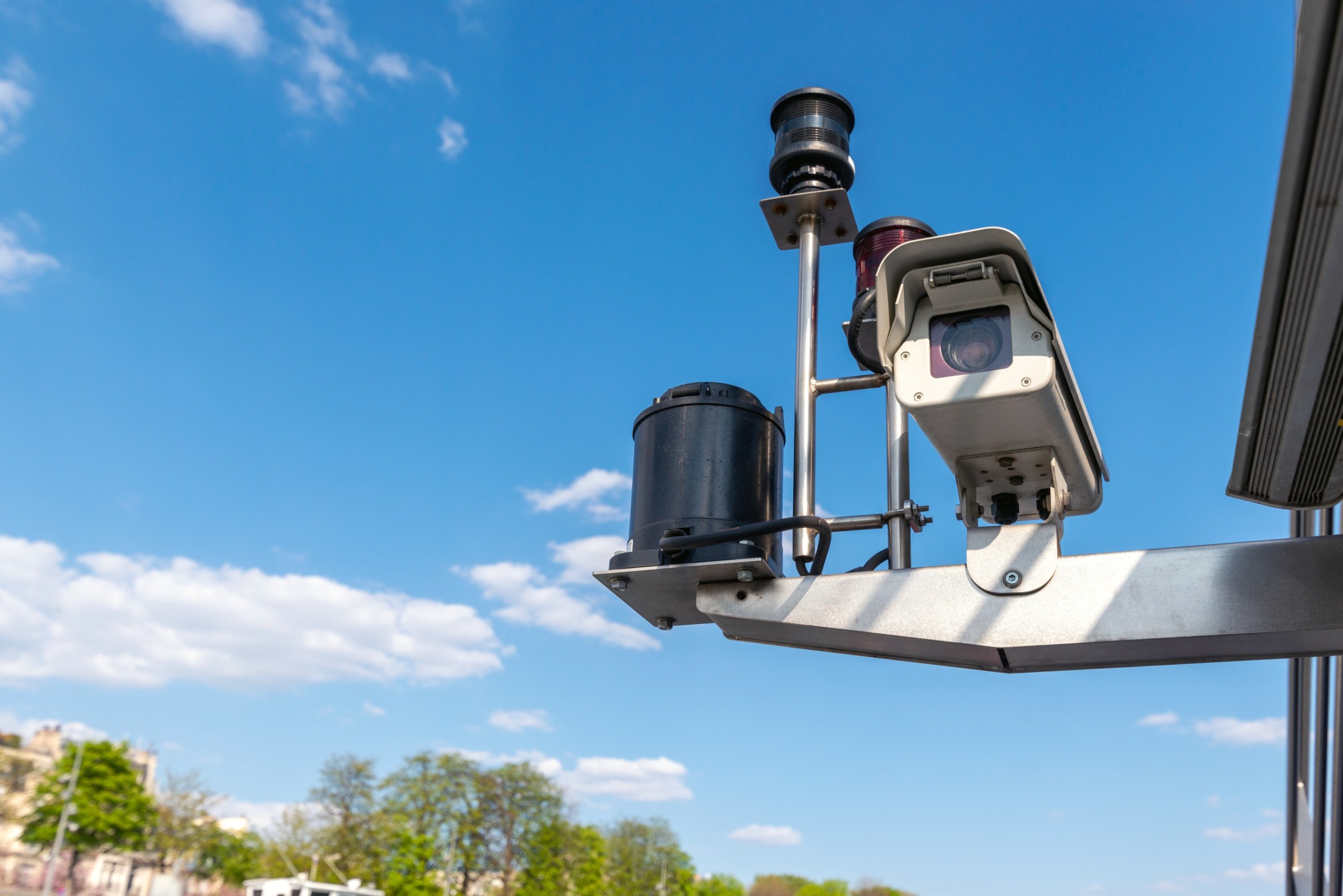Understanding How Kansas City Police Use Radar to Measure Speed Radar speed is a chief…
Radar Speed Detection in Kansas City: How Police Measure Vehicle Speed

Kansas City radar speeding enforcement saves lives. The police use radar devices to pick up and read the speed of moving vehicles. The devices provide quick and precise readings to allow officers to catch up with the speeding cars. This article gives an explanation of radar detection, how it is utilized by the police, and what you can do in case you get a radar-based speeding ticket in Kansas City.
What Is Radar Speed Detection?
Radar stands for Radio Detection and Ranging. Radar transmits radio waves towards an oncoming car. When the waves strike the car, they reflect back to the radar unit. The unit measures how fast the waves are returning. The change in frequency, or the Doppler effect, tells the radar how fast the car is traveling.
The police use this method because it is quick and accurate. Radar measures the velocity of the vehicle directly without points of measurement or contact.
How Police Use Radar in Kansas City
The police officers in Kansas City use radar devices in different configurations. They depend on the area and how they are guiding traffic.
Stationary Radar:
The police vehicle is parked on the side of the road. Radar measures the speed of oncoming traffic.
Moving Radar:
One can utilize the radar in conjunction with a GPS-enabled moving patrol vehicle. It can identify approaching as well as same-direction traffic.
Handheld Radar Guns:
Officers can use handheld radar guns when they are out of their vehicles. They are available in school zones or city intersections.
Fixed Radar Systems:
There are radar sensors mounted on cameras in certain intersections and on roads. These automatically detect speeding cars and make a record of them.
All equipment must be properly calibrated so that the results are precise. Improper installation or old equipment may have a negative effect on results.
The Science Behind Radar Speed Detection
Radar speed detection relies on the principle of the Doppler effect. When a vehicle is moving towards the radar, radio waves are compressed and travel back faster. When a vehicle is moving away, the waves are elongated and travel back slowly.
The radar then measures the received and transmitted signals to find the speed of the vehicle. Speed is displayed on an electronic readout in miles per hour.
Mostof Kansas City’s modern radars utilize X, K, or Ka bands—traffic enforcement authorized frequency bands. Ka-band is most utilized because it is highly accurate and only picks up a narrow band.
Accuracy Standards of Kansas City
A reading on the radar has to meet precise standards before it would be accepted by the court. The police officers in Kansas City follow state and national calibration and training standards.
- Calibration: Equipment is tested before and at the completion of each shift.
- Testing: The police officers test the radar with tuning forks that are equivalent to fixed speeds.
- Certification: Police officers are certified to use radar devices safely and effectively.
- Documentation: Radar readings and testing are recorded to keep records of accuracy.
In case a step is skipped or done incorrectly, a radar reading can be disputed in court.
Problems with Radar Speed Measurement
Radar equipment is great equipment, but it’s not perfect. It can make mistakes whenever it is receiving interference from another source.
- Reflected Signals – Radar signals can bounce off large objects like trucks, road signs, or metal surfaces, which could lead to erroneous readings.
- More Than One Vehicle – In dense traffic, the radar may pick up another vehicle instead of the target.
- Inclement Weather – Rain, snow, or strong winds may disrupt the waves from getting accurate.
- Human Error – A distracted or novice officer can misread the radar.
- Calibration Problems – Untested and uncalibrated equipment may report erroneous speeds.
A seasoned Kansas City traffic lawyer typically works through these points in the defense of a radar speeding ticket.
Application of Radar by Law in Kansas City
Speed measurement by radar can be used in Kansas City courts as proof—if used properly. The officers must come up with proof that:
- The radar equipment was tested and certified.
- The officer had the training to use it.
- Environmental conditions were conducive to the utilization of radar.
- The target vehicle was correctly identified.
Tickets issued by uncalibrated or faulty radar devices may be held to be invalid in court. That is why most drivers like to challenge their tickets with attorneys.
Radar Detection and Motorist Awareness
Other motorists use radar detectors, which are meant to alert them to the close proximity of police radar. Radar detectors can detect police cruiser radar pulses.
Radar detectors are permissible in Missouri for passenger cars but not for commercial vehicles. A detector will help drivers avoid a ticket, but it’s not foolproof. Instant-on radar, which is what police utilize today, is used only when they target a specific vehicle, so there is hardly any time to react.
It remains the best practice to be a defensive driver and not speed.
How to Challenge a Radar Speeding Ticket in Kansas City
You can challenge a radar-created ticket. The job of a traffic lawyer is to:
- Ask for radar calibration records.
- Ask for officer training records.
- Ask for the weather and traffic conditions.
- Ask for sources of possible interference.
- Ask if the right vehicle was aimed.
A minor mistake during the radar procedure can change the outcome of your case.
Why Police Use Radar
Radar remains one of the finest speed enforcement tools in Kansas City. It’s quick, precise, and provides measurable results. It helps officers enforce speed at dangerous areas like school zones, intersections, and high-speed highways.
Accurate radar speeds save lives and reduce highway crashes. But if the police officer and motorist both know a little bit about how radar works, there can be fair and lawful enforcement.
Final Thoughts
Measuring speed with radar is an important part of traffic enforcement in Kansas City. It is a lawful method for measuring speed and enforcing speed limits. Used judiciously and with accuracy, radar helps to keep the road safe for everyone.
If you receive a ticket based on radar pickup, knowledge is power. Review the evidence, challenge it, and seek the advice of counsel if you need to. Safe and fair driving benefits all Kansas City residents.
Frequently Asked Questions (FAQs)
1. How does radar detect the speed of a vehicle?
Radar measures the speed of a vehicle by measuring how quickly radio waves bounce off a moving car based on the Doppler effect.
2. Can weather affect radar speed detection?
Yes. Snow, rain, or wind could interfere with radar signals and accuracy.
3. Are radar detectors legal in Kansas City?
Yes, for private cars, Illegal in company cars.
4. How do I dispute a radar speeding ticket?
You can challenge calibration, officer training, or radar installation errors with the assistance of an attorney for traffic.
5. What type of radar do Kansas City police officers use?
The majority use Ka-band radar devices because they are accurate and resistant to interference.

